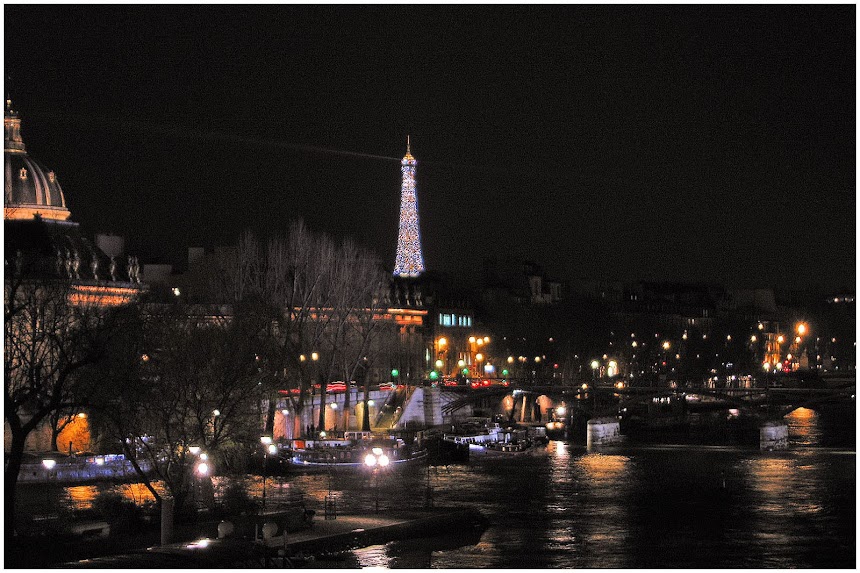Last week I posted about the porte Saint-Martin on the grands boulevards on the right bank in Paris. Just a little farther west on the boulevards stands another, even grander old triumpnal arch, la porte Saint-Denis. For three years, 1979 to 1982, I lived just a 10 minute walk from there, and just a few hundred feet from the rue Saint-Denis, which back then, at least, had a pretty bad reputation as a street where a lot of prostitutes worked the sidewalks. I think it still does. See this YouTube video from last April.
L'arc de triomphe de la porte Saint-Denis was built in 1672 to celebrate the military victories of king Louis XIV.
This one is the fifth such arch that has stood on the rue Saint-Denis over the centuries, each farther north than the last as Paris grew bigger and bigger.
The street is the old road that joined Paris and the town of Saint-Denis farther north. The church there, a basilica, was the traditional burial place for French monarchs.
I really enjoyed living in this neighborhood. It's in the center of Paris, and I could easily walk to the Louvre, Notre Dame, the Marais and even the Latin Quarter. I lived just a few steps off the rue Montorgueil, a long and, back then, very picturesque, old-fashioned market street. Walking up the five or six flights of stairs to get to my apartment was harder than walking to the places I just mentioned, but hey — I was 40 years younger then.
I took this last photo about 15 minutes after I took the one above it. I was walking west and took it at the corner of the boulevard Haussmann and the rue Chauchat. That's the Sacré Coeur basilica on top of the Butte Montmartre that you can see in the distance.


















































